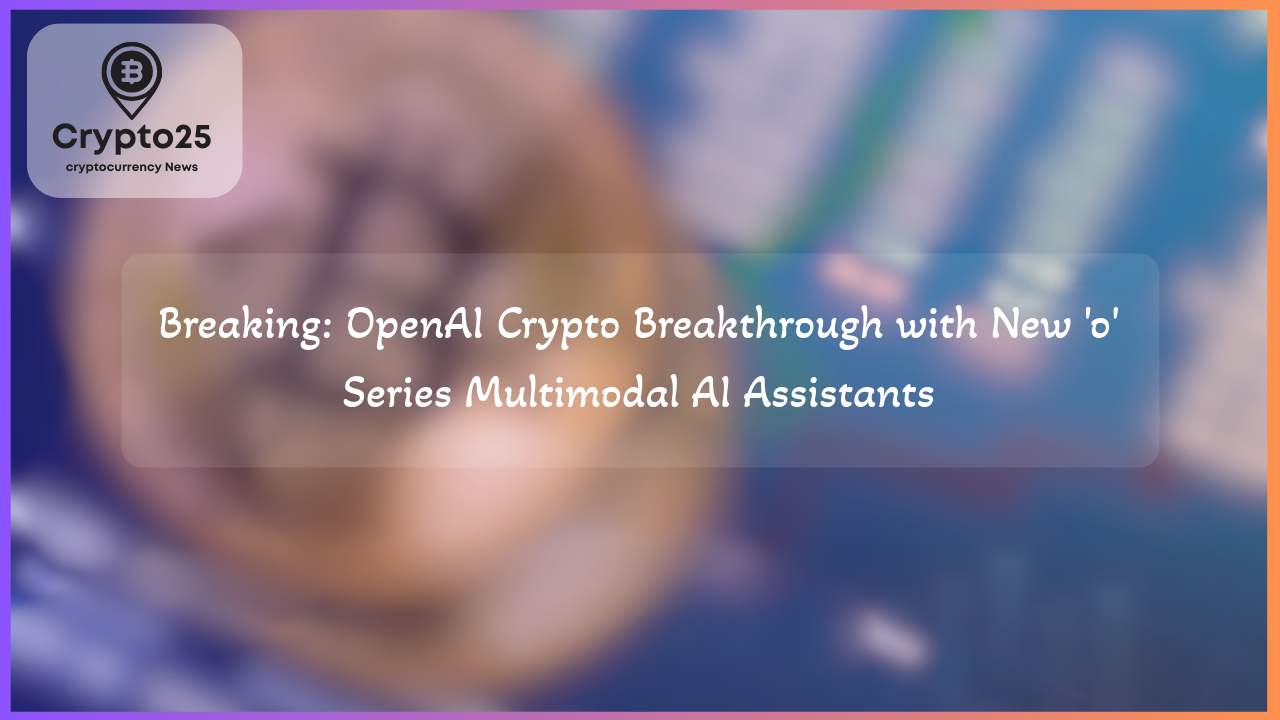
OpenAI has once again raised the bar in the AI landscape with the unveiling of its latest models, GPT-4o and GPT-4o-mini, collectively known as the “o” series. Combining seamless multimodal capabilities with advanced reasoning, these AI systems are poised to redefine the way technology integrates with our daily lives. Their real-time interaction and unprecedented affordability mark a pivotal shift in the development of intelligent automation.
## OpenAI’s Multimodal Models: A New Era in AI Technology
The latest additions to OpenAI’s lineup, GPT-4o and GPT-4o-mini, represent a groundbreaking leap in artificial intelligence. These models are dubbed “omnimodal,” meaning they’re capable of processing and generating text, images, video, and audio natively. Unlike traditional approaches that rely on separate modules for multimodal tasks, the “o” series fuses these capabilities into a single, unified system. This consolidation ensures unmatched fluidity and scalability, making them an ideal solution for the growing demand for intelligent AI solutions.
GPT-4o delivers enterprise-grade functionality with superior processing power, offering a robust option for corporations and developers tackling complex tasks. Meanwhile, the lighter GPT-4o-mini offers similar versatility with a more cost-effective design, making high-performance AI more accessible to small businesses and independent users. Whether used for content creation, real-time communication, or data analysis, the “o” series’ real-time response rates position them at the forefront of modern AI innovation.
## How GPT-4o Models Impact the Future of AI Assistants
A standout feature of the GPT-4o models is their ability to integrate real-time multimedia inputs into seamless interactions. These AI systems can “see” through image inputs, “hear” with audio recognition, and craft precise responses grounded in emotional nuance. This advancement extends beyond traditional chatbots, paving the way for AI assistants that act as comprehensive personal companions.
Unlike systems reliant on cloud servers, the GPT-4o series has the potential to function directly on devices, providing users with faster response times and enhanced privacy. This evolution opens doors for custom-tailored applications in smart home devices, wearable tech, and even augmented reality systems. Whether generating an infographic based on a chart or delivering a voice-based weather update enriched with relevant contextual information, these assistants redefine what it means for machines to comprehend and assist human needs.
Such agentic functionality lays the foundation for AI systems capable of independent task management. From sifting through complex financial data to autonomously managing social media interactions, GPT-4o promises to go beyond simply reacting to commands—it proactively enhances productivity. Businesses and individuals alike can harness this potential to create smarter workflows, leaving mundane tasks to their AI counterparts.
## GPT-4o vs. Competitors: Leading the AI Revolution
OpenAI’s GPT-4o faces increasing competition in the ever-evolving AI space as other companies roll out impressive contenders. Google’s Gemini project has demonstrated rapid advancements in multimodal processing, while Anthropic’s Claude continues to refine its capabilities in text comprehension. Meta’s Llama series hints at exciting future developments as well. However, OpenAI’s ability to deliver unified multimodal fluency sets GPT-4o apart in this crowded field.
The affordability of GPT-4o-mini is another game changer, making advanced AI viable for a global audience. According to OpenAI, this model maintains performance levels comparable to premium systems such as GPT-4-turbo while reducing operational costs. For developers and enterprises upgrading their AI operations, this combination of affordability and functionality positions the “o” series as an unrivaled choice.
| Feature | Details |
|---|---|
| Multimodal Capability | Text, image, video, and audio support |
| Market Application | Real-time interaction, automation, and content generation |
| Competitive Advantage | Unified model with reduced latency and device compatibility |
Additionally, industry rumors suggest OpenAI is working on AI-dedicated hardware with potential collaborations involving design luminary Jony Ive. If true, this would mark a transformative step for the company, making AI not just a software novelty but a core element in future hardware ecosystems. By blurring the boundaries between technology, creativity, and usability, OpenAI is not only meeting contemporary demands but shaping the future of AI possibilities.
OpenAI’s GPT-4o and GPT-4o-mini signify more than technological advancement; they promise a shift toward a deeper integration of AI into our everyday lives. With these models, OpenAI has once again underscored its ambition to lead in a world increasingly driven by smart, multimodal systems. As competitors strive to catch up, the “o” series has established a new benchmark in the expanding AI frontier.
